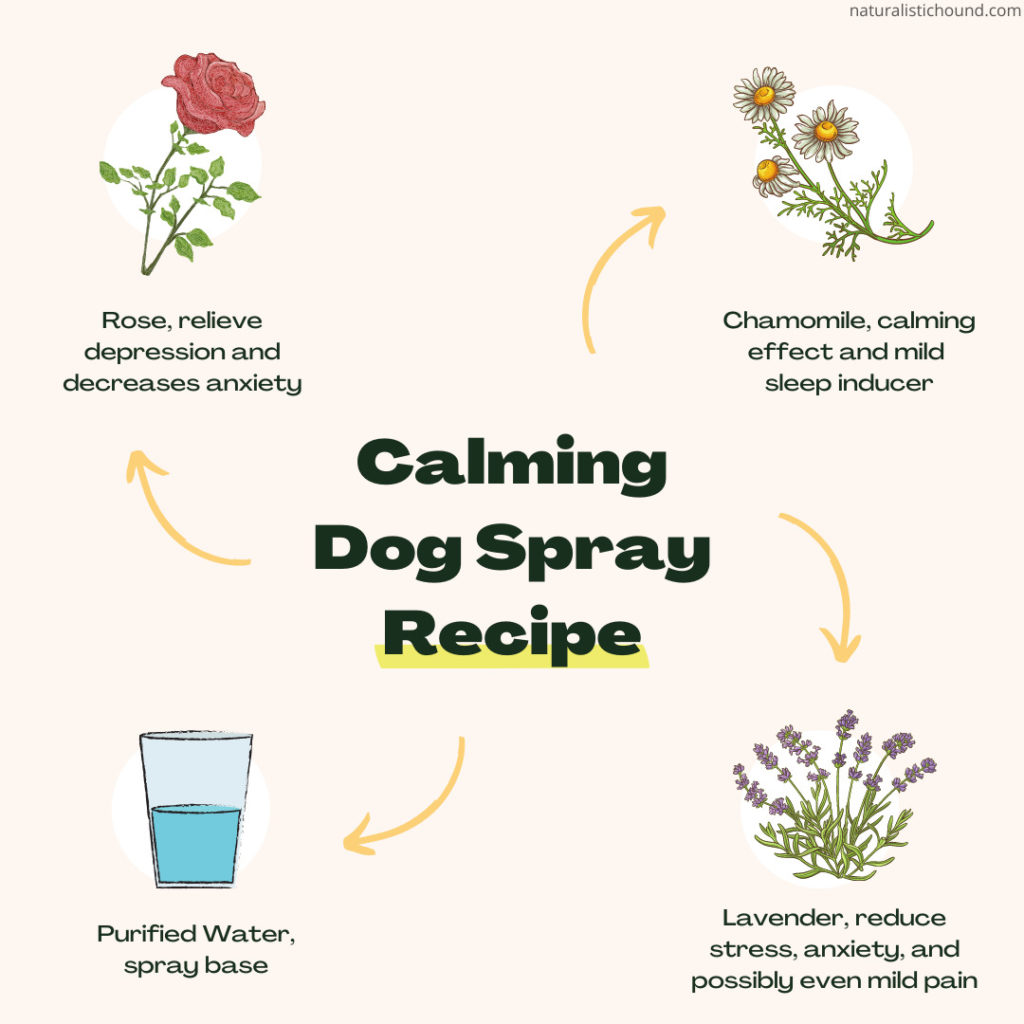Something About Essential Oils
“Essential oils contain a host of biologically active and powerful compounds. Used correctly, they are an indispensable part of integrative medical care.”
– Veterinarian Dr Richard Palmquist.
The first use of essential oils seems to be dating all the way back to the Ancient Egyptians.
The highly skilled Egyptians used to extract oils from the available trees, herbs, and plants and then utilized those essential oils in medical, spiritual, and daily activities (such as embalming).
Essential oils are volatile, aromatic liquids in the surface, flower, leaf, stem, root, wood, bark or resin of aromatic plants that are obtained by different methods of extractions, the most popular include Steam Distillation, Solvent Extraction, CO2 Extraction, Maceration, Enfleurage, Cold Press Extraction, and Water Distillation.
(Note that fragrance oils are synthetically produced and are not therapeutic).
Aromatherapy
The use of ‘Aromatherapy’, also known as ‘Essential Oil Therapy’ with dogs is well known and backed up by science. Scientific studies on the medical effects of essential oils on animals and humans were quite advanced already by the mid-1800s. Thanks to the positive clinical results, the practice of veterinary aromatherapy was very common by the mid-1900s and more recent studies confirm the results of almost two centuries ago[1] [2].
But How Does All This Work?
Scent molecules enter the bloodstream through the lungs (inhalation) or skin (topical application). The scent is tightly connected to memory and emotions, that’s because the olfactory system links to the limbic system, the section where emotion, memory and learning sit. That’s why smells often connect emotionally to events and trigger memories.
Aromatherapy oils are often used for their effect on the central nervous system calming anxiety, reducing inflammation, lessening stress, activating memory and more… In both people and their dogs.
But oils have also been shown to fight infections by inhibiting bacteria, keeping fungi and viruses from growing and soothe muscle aches and pains.
Dogs have much more powerful noses than ours, with 40 times more scent receptors than humans, which allow them to identify smells up to 100,000 times better than us. With their exceptional olfactory sense, inhaling essential oils quickly and powerfully transports the effects into their bloodstream quickly too. This makes aromatherapy ideal for dogs and is the reason why it can help treat certain conditions so well.

Calming Spray Recipe
Ingredients
- 2 drops of English Lavender
- 2 drop of Roman Chamomile
- 2 drop of Rose Damask
- 250ml of Purified Water or Bottled Water
- 250ml spray bottle
Lavender (Lavandula angustifolia) is probably the most well-known essential oil for stress, fear, agitation, shyness and shock.
Chamomile (Chamaemelum nobile) is classically calming and supports stress relief so that body and mind can properly restore.
Rose Damask (Rosa damascena) is calming and stabilizing; it can help heal past abuse, nervousness, anger, fear and panic.
Preparation
- Mix the ingredients, fill the bottle, add the lid and shake.
- Spray the mist around your dog, but avoid face and any open wound.
Alternatively, you can spray the mist into the palms of your hands and massage your dog’s neck, back, and chest to help them relax.
Safe to spray around the house and on your dog’s bedding. - Make sure to shake before each use.
A Word Of Caution
Safety starts with diluting.
Pure essential oils are highly concentrated and should not be overused – 1 drop of chamomile essential oil has the same power as 50 chamomile teas!
Dogs have more than 100 million sensory receptor sites in the nasal cavity as compared to 6 million in people, and the area of the canine brain devoted to analysing odours is about 40 times larger than the comparable part of the human brain.
For these reasons, the amount of essential oils we would use for our pleasure is way too much for a dog.
Diluted essential oil remedies prevent overwhelming your dog’s sense of smell, irritating skin or mucous membranes and causing organ toxicity.
When aromatherapy is used responsibly, it can be of great help to create a relaxed environment, soothe itchy or irritated skin, quiet digestive issues, improve overall health and they can also effectively repel insects and heal infections!
Your Dog Deserves His Best Life:
NATURALISTIC HOUND
A healthy fresh whole diet and natural remedies
are a great start!
ッ
[1] Aromatherapy for travel-induced excitement in dogs
[2] The influence of olfactory stimulation on the behaviour of dogs housed in a rescue shelter

